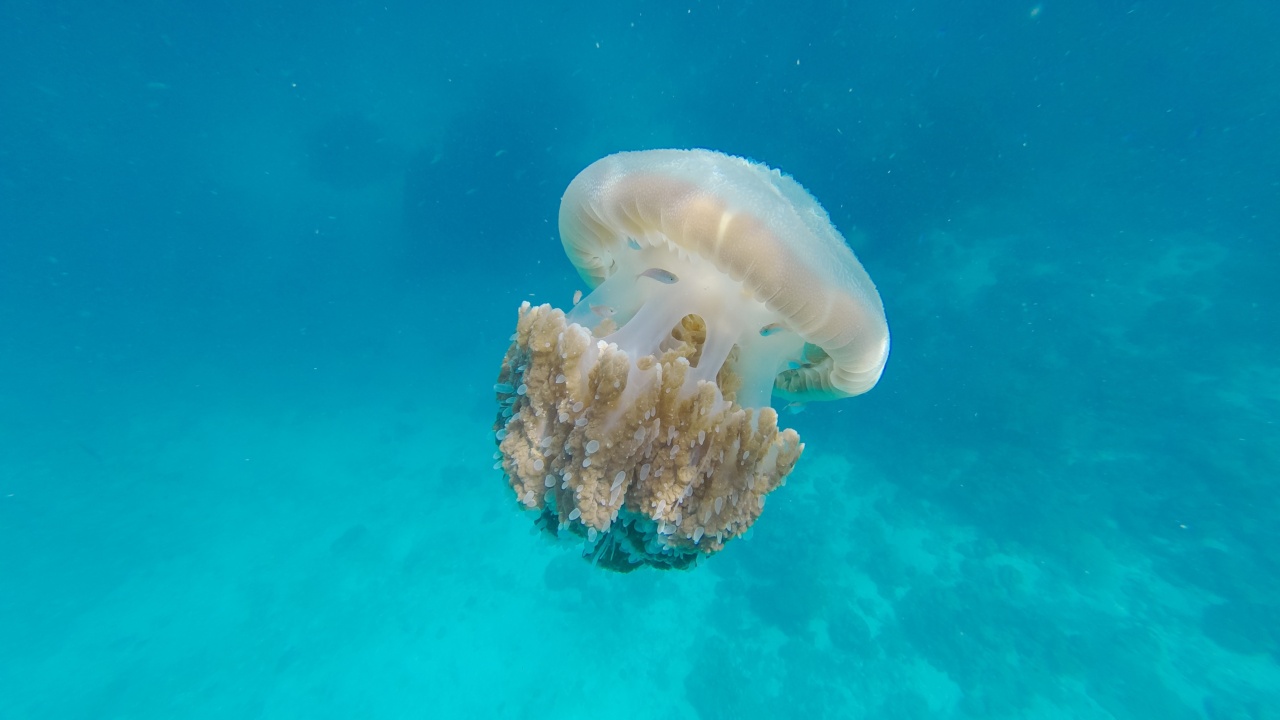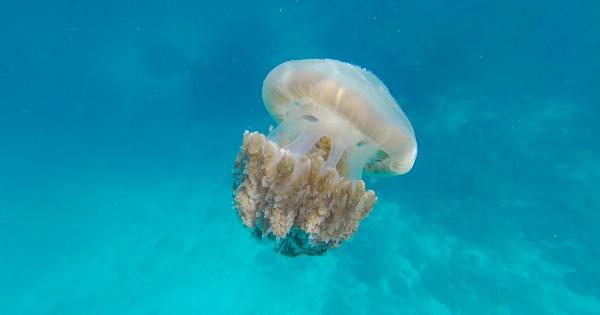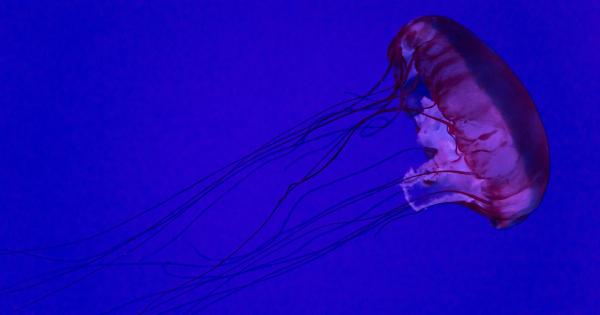Jellyfish stings are common occurrences during the summer months, especially for those who like to swim in saltwater. These stings can cause pain, itching, burning, and in severe cases, can be life-threatening.
It’s important to know how to properly treat a jellyfish sting to reduce symptoms and prevent complications. In this article, we will discuss easy steps to treat a jellyfish sting.
Step 1: Get Out of the Water
If you get stung by a jellyfish while swimming, the first thing you should do is get out of the water. This will reduce your chances of getting stung again.
Avoid rubbing the affected area or rinsing it with freshwater, as this can cause the release of more toxins from the jellyfish.
Step 2: Remove any Tentacles
If there are any visible tentacles on the skin, use a pair of tweezers or a credit card to remove them. Be sure to wear gloves or use a cloth to protect your hands from getting stung.
Do not use bare hands to remove the tentacles, as this can result in more stings. If you don’t have tweezers or a credit card, you can use seawater to rinse the area and dislodge the tentacles.
Step 3: Rinse with Seawater
Rinse the affected area with seawater for at least 30 seconds. This will help remove any remaining tentacles and reduce the pain. Do not use freshwater, as this can cause the release of more toxins from the jellyfish.
Step 4: Apply Vinegar
Apply vinegar to the affected area for at least 30 seconds. This will help neutralize the toxins from the jellyfish and reduce the pain. If you don’t have vinegar, you can use a solution of baking soda and water.
Step 5: Soak in Hot Water
Soak the affected area in hot water for at least 20 minutes. The water should be as hot as you can tolerate without scalding your skin. This will help reduce pain and swelling. If you don’t have access to hot water, you can use a hot compress.
Step 6: Apply Topical Creams
You can apply topical creams such as calamine lotion or hydrocortisone cream to the affected area. This will help reduce itching and inflammation.
You can also take over-the-counter pain relievers such as acetaminophen or ibuprofen to reduce pain and discomfort.
Step 7: Monitor Symptoms
If your symptoms worsen or if you develop any of the following symptoms, seek medical attention immediately:.
- Difficulty breathing
- Chest pain
- Nausea or vomiting
- Fever or chills
- Increasing pain or swelling at the site of the sting
Step 8: Prevent Future Stings
To prevent future jellyfish stings, you can take the following precautions:.





























